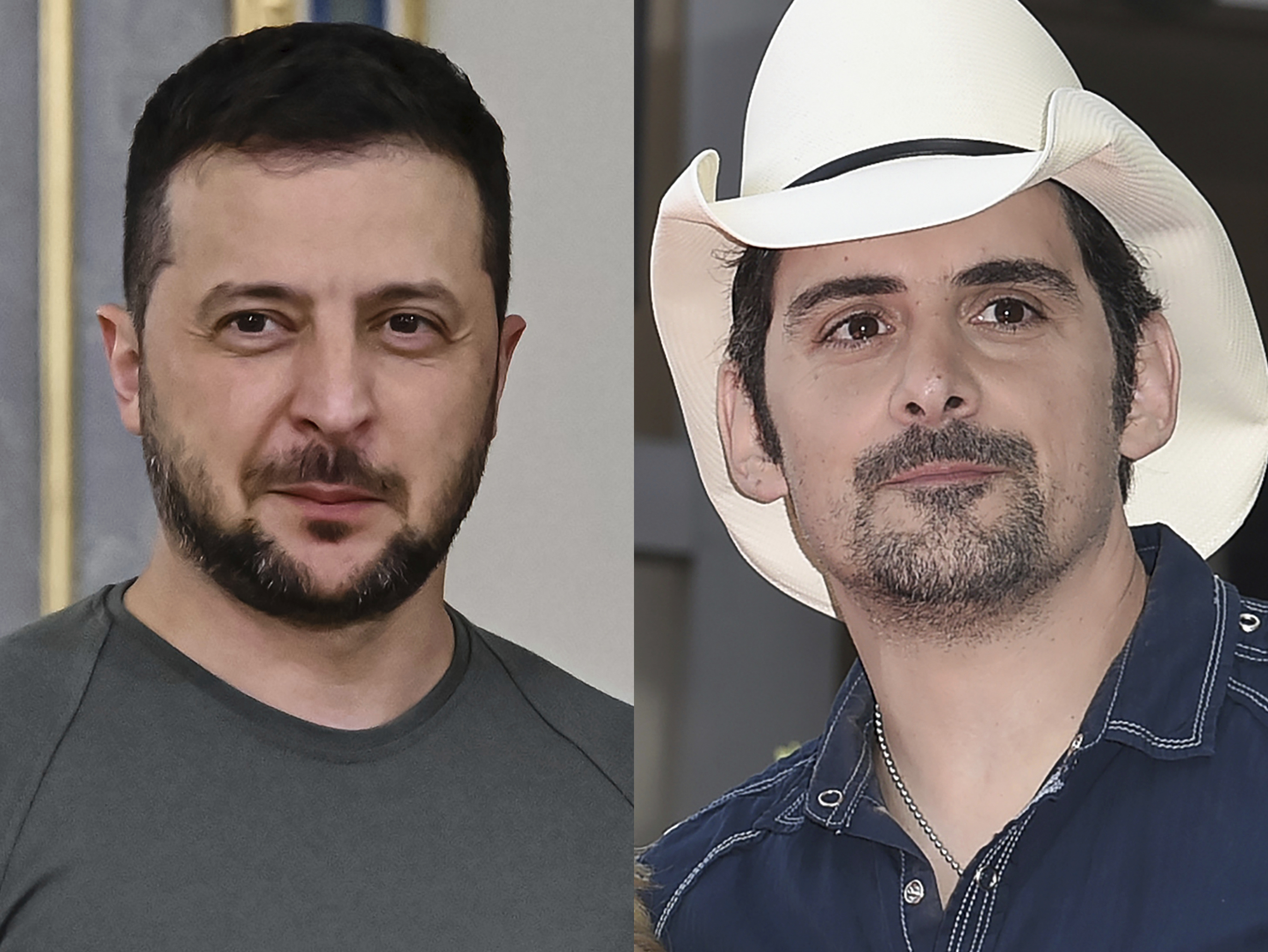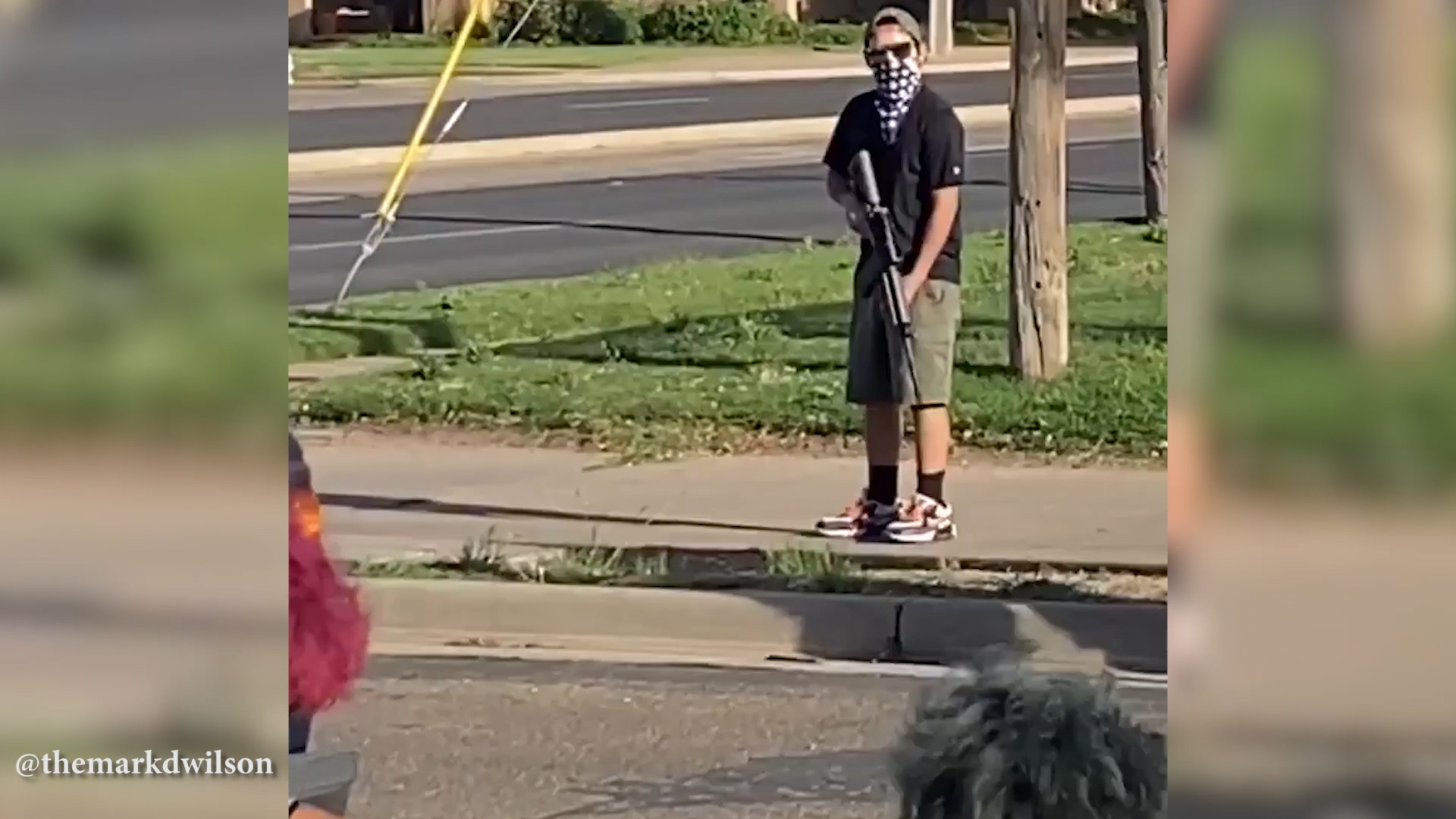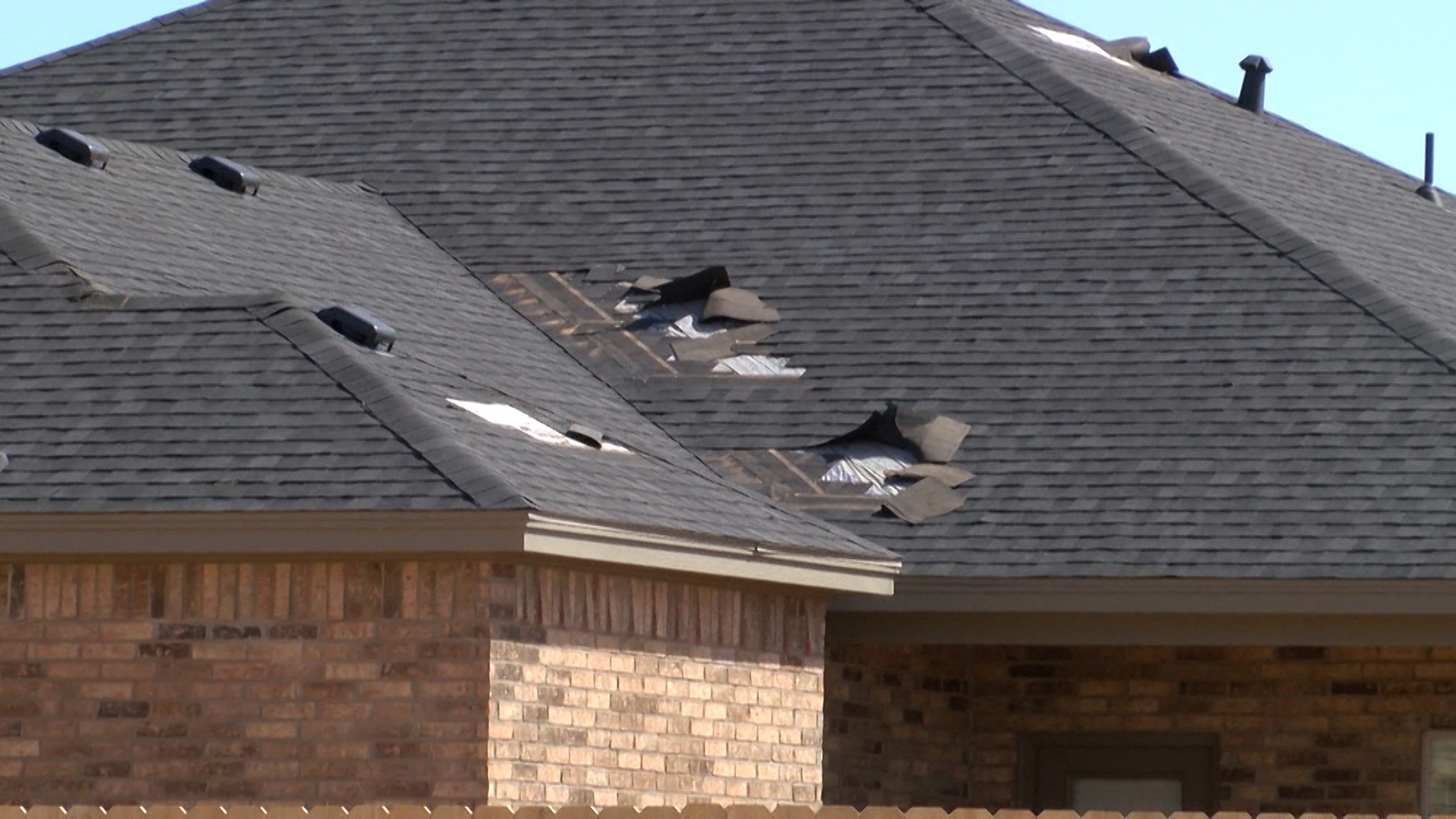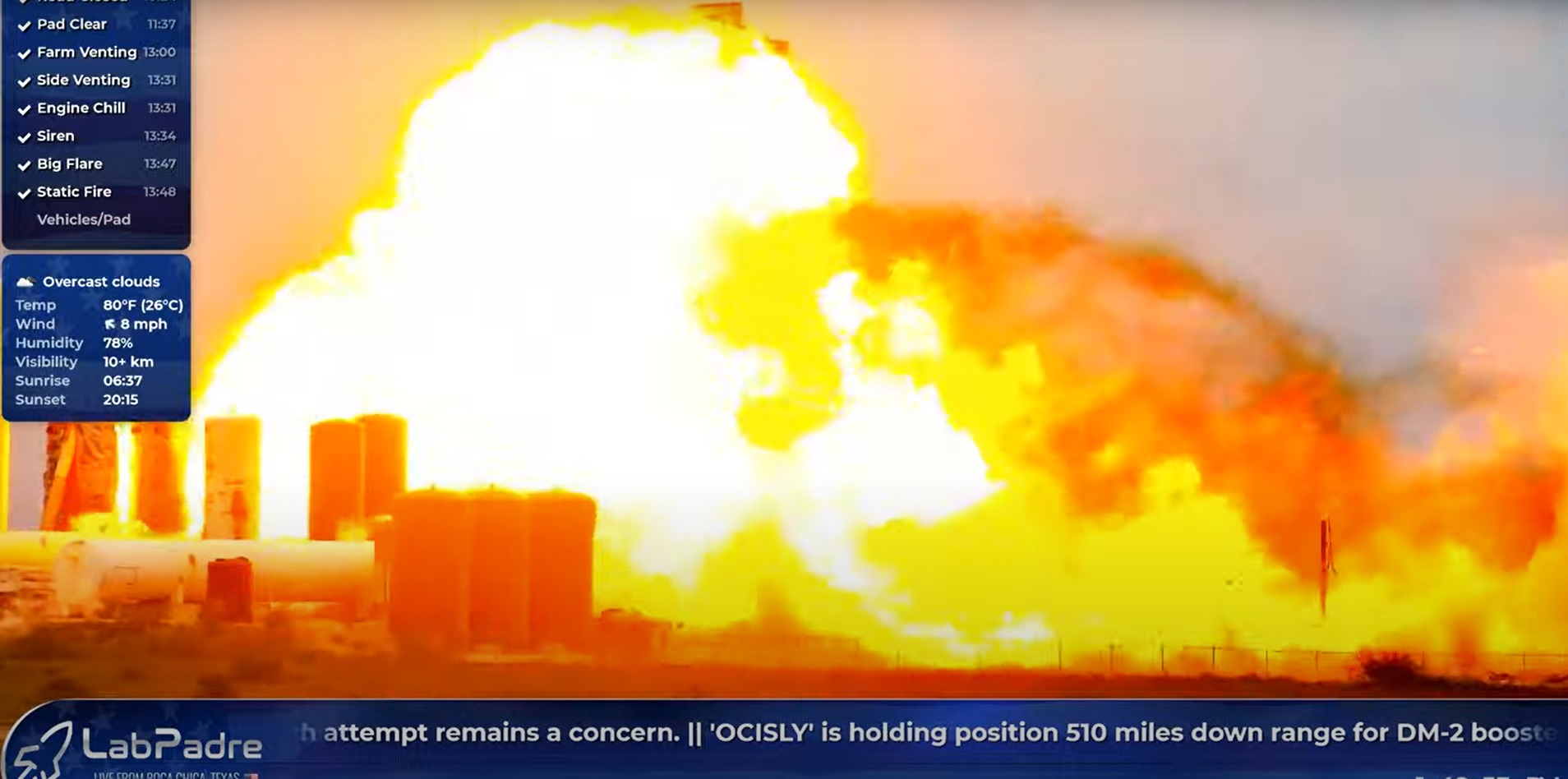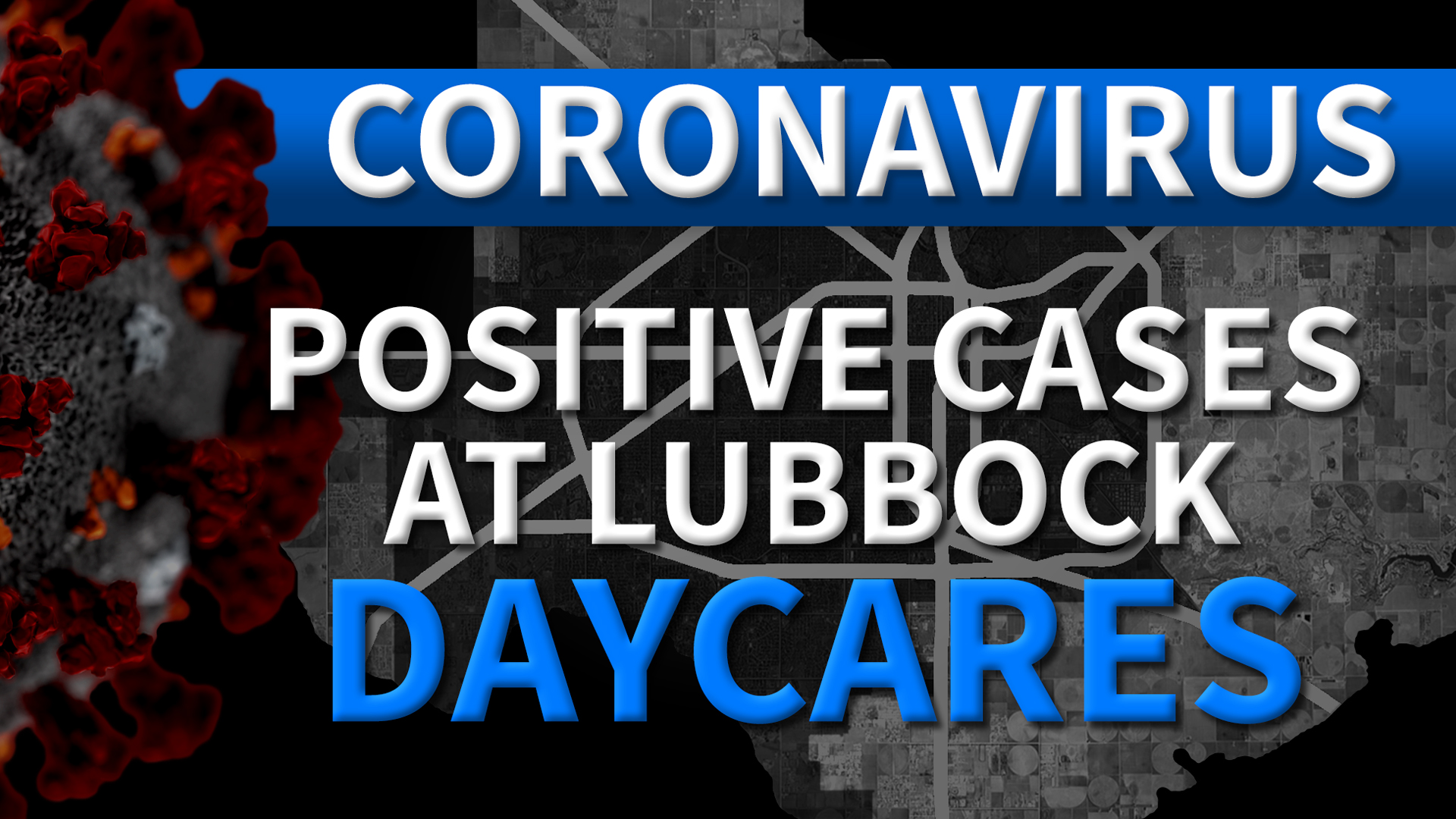BROWNSVILLE, Texas (Border Report) — Agriculture specialists with U.S. Customs and Border Protection detected in a shipment of corn from Mexico a rare insect that can damage U.S. crops.
Officers say it is the first time this pest, commonly known as the snout weevil, has ever entered U.S. soil.
Officers with the CBP’s Office of Field Operations made the discovery of the threatening insect on Aug. 13 at the Los Indios International Bridge, according to a recent news release.
The insect, Cratosomus punctulatus Gyllenhal (Curculionidae), is a plant feeder and can be extremely harmful to crops and forests, officers said. It is typically found in Mexico, Peru and Costa Rica. Specialists detected it in a shipment of fresh corn, and sent it for identification to an entomologist with the U.S. Department of Agriculture.
“The work performed by CBP agriculture specialists at our Ports of Entry is a key element in safeguarding the agriculture of the nation by preventing the dissemination of pests and animal and plant diseases,” Brownsville Port Director Tater Ortiz said in a news release. “I commend our CBP agriculture specialists for the interception of this unique, first in nation pest.”
Officers quarantined the truck and the shipment was returned to Mexico, the news release said.
Agricultural agents are stationed at border ports of entry and screen large shipments of crops and goods as they cross into the United States. Millions of pounds of fresh fruits and vegetables are screened every year. Oftentimes, agents hand sift through produce in search of insects that can be harmful to crops and commerce in the United States.
“The CBP agriculture specialist and the CBP officer at U.S. ports of entry and international mail facilities target, detect, intercept, and thereby prevent the entry of these potential threats before they have a chance to do any harm,” according to the CBP agriculture department’s website. “With the ever-increasing amount of trade, new pest pathways are discovered, and the agricultural risks to the United States grow. The threat to crops and livestock is real.”




